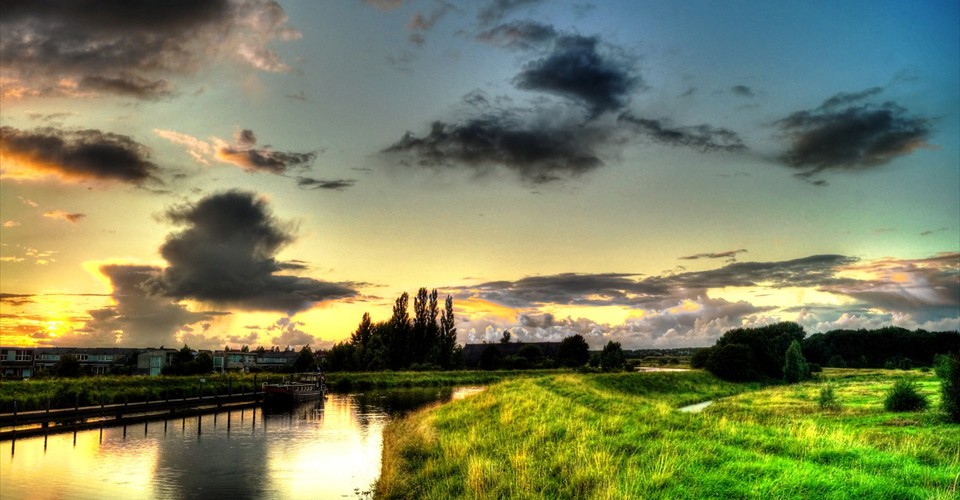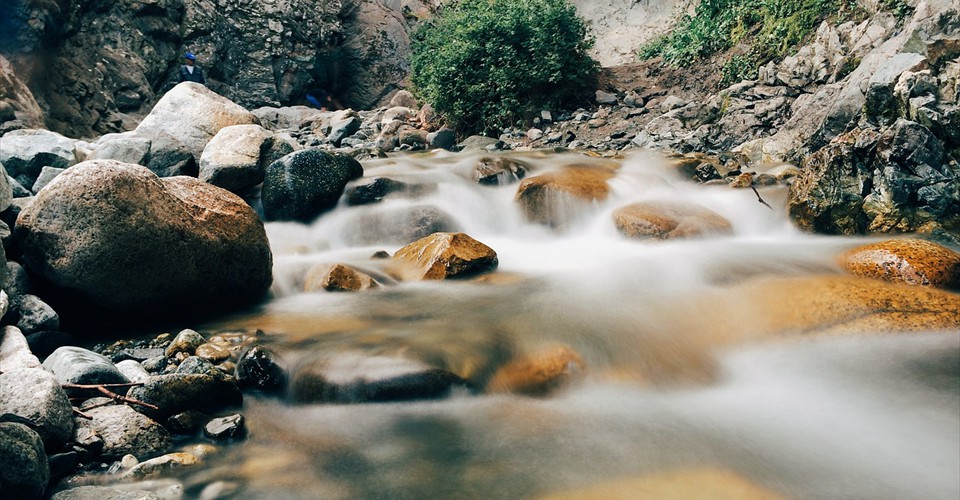Raga Kafi
Raag Kafi is also the
elementary Raga classified under the Kafi Thaat of Hindustani classical music by Pt. Vishnu
Narayan Bhatkhande. It is known as Ashrya Raga of Kafi that where Gandhar and Nishad
are Komal and the rest of the notes are Suddh. Rag Kafi is Sampurna-Sampurna Jati Raga
because all seven notes are being used in both Aroah and Avroah. The singing time
of this raga is midnight according to the Shastra. Pancham is considered the
main note called Vadi Swar and Shadaj in the Samvadi note whereas Shadaj,
Rishav and Pancham are the Nyas Swar of this Raga.
The beauty of Raga Kafi is Shringar Rasa either of affection or diffraction. It is widely popular in Bhajan, Geet, Ghazal, and other semi-classical forms like Dadra, Thumri, etc. In the Khyal tradition of Hindustani Classical Music, Vilambit Khyal is rare to listen in Raga Kafi. Dhrupad style of Hindustani Classical music is also uncommon in Raga Kafi.
Raga Kafi is a very common raga and also the Ragaang most often used in creating the Mishra and Sankiran Raga. the Phrase note determining Raga Kafi is
being used in various Raga ie. Kafi Kanhara, Pilu, Ahir Bhairav, Desi, Sindura and more. Sa Re Re, ga ga , ma ma, Pa..., Dha ma Pa ga Re,
Sa ni Dha ni Sa, Re RE ga ga ma ma Pa, are few among the combination of the notes of this
raga called Kafi-aang. Perhaps, the Raga Kafi is a fundamental Raga of Hindustani Music but it needs to be guided in the proper way under the guidance of Guru to understand the nature framing the structure and technique of nurturing the Raga.
Aroha : Sa Re ga ma Pa, Dha ni Sa
Avroha : Sa ni Dha Pa, Ma ga Re, Sa
Pakad : Ga Re, Re ga ga , ma Pa, ma Pa ga Re Sa, Sa Re ni Dha Sa..














